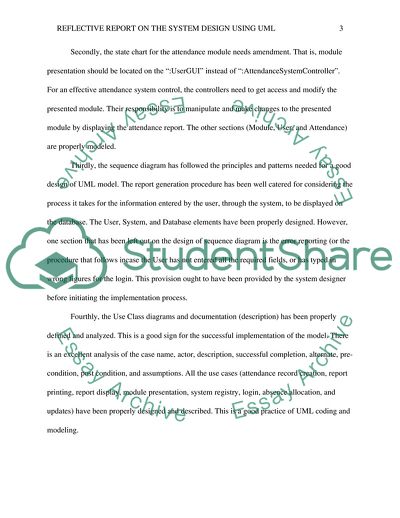Cite this document
(System Design Using UML Report Example | Topics and Well Written Essays - 1750 words, n.d.)
System Design Using UML Report Example | Topics and Well Written Essays - 1750 words. https://studentshare.org/information-technology/1828732-system-design-assignment-2014
System Design Using UML Report Example | Topics and Well Written Essays - 1750 words. https://studentshare.org/information-technology/1828732-system-design-assignment-2014
(System Design Using UML Report Example | Topics and Well Written Essays - 1750 Words)
System Design Using UML Report Example | Topics and Well Written Essays - 1750 Words. https://studentshare.org/information-technology/1828732-system-design-assignment-2014.
System Design Using UML Report Example | Topics and Well Written Essays - 1750 Words. https://studentshare.org/information-technology/1828732-system-design-assignment-2014.
“System Design Using UML Report Example | Topics and Well Written Essays - 1750 Words”. https://studentshare.org/information-technology/1828732-system-design-assignment-2014.


